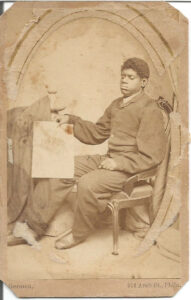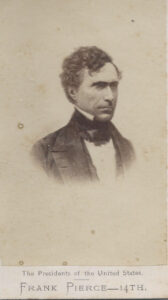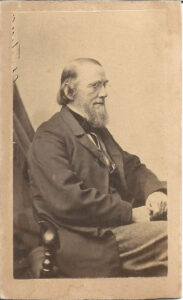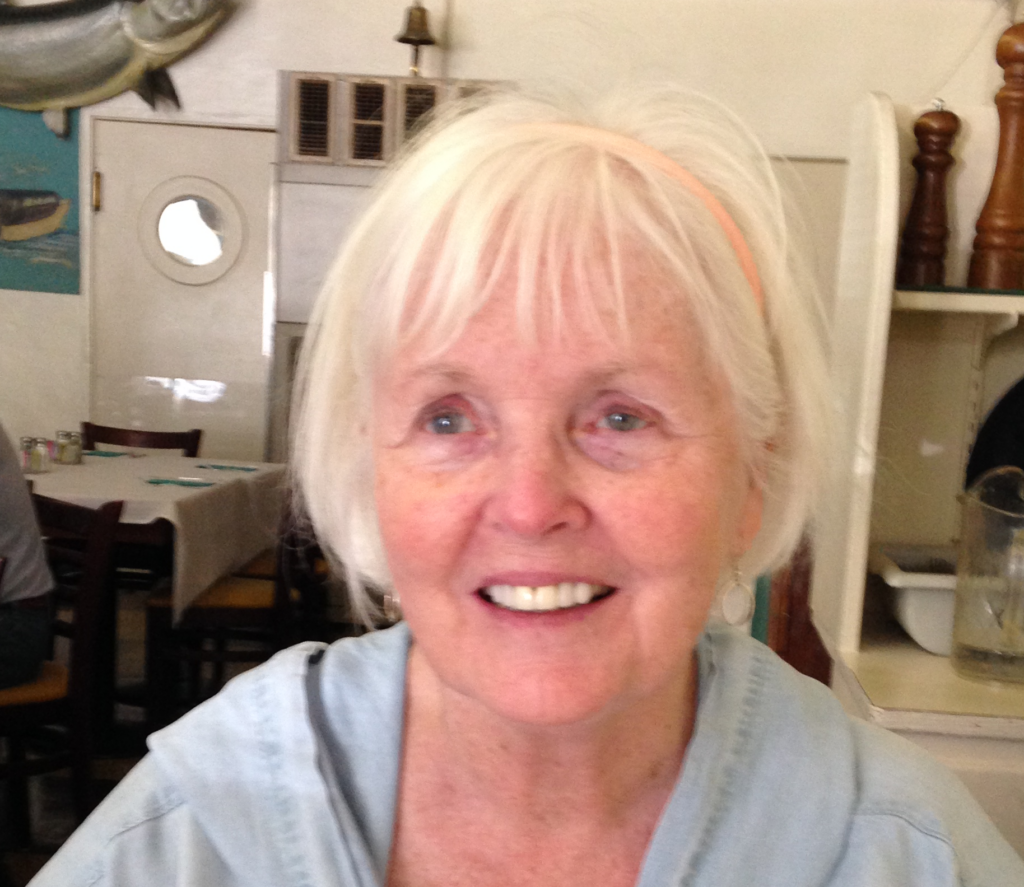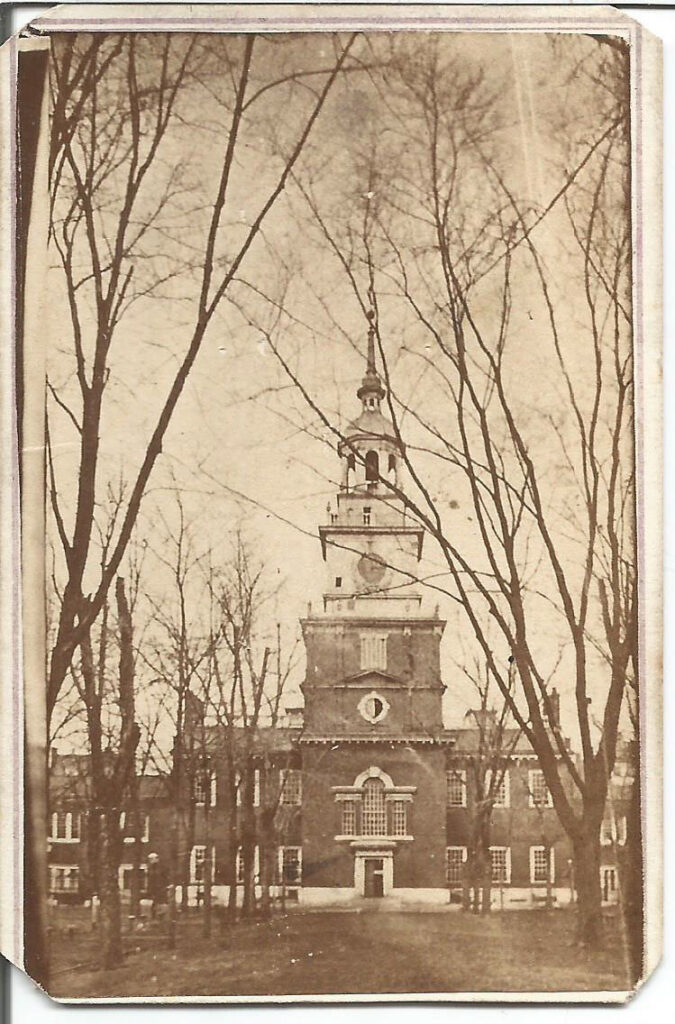

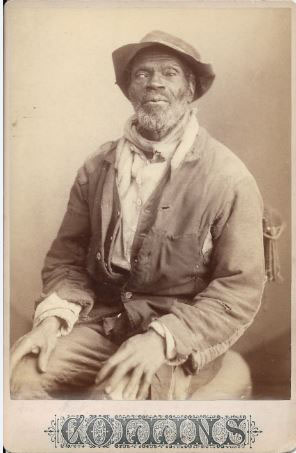

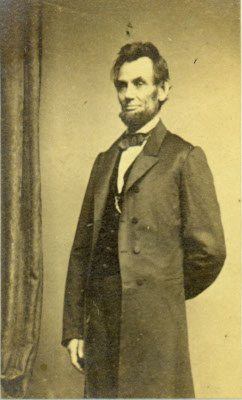

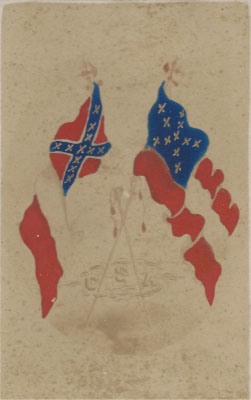



Welcome To Road to the Civil War.Org
The American Civil War of 1861-65 is Greek tragedy writ large. A heroic symbol in the form of an idealistic new nation. A fatal flaw in its wanton embrace of chattel slavery and racism. Then bloody warfare, 750,000 deaths, economic ruin, and a precarious future. Road to the Civil War will provide three books that will help you better understand this outcome.
Support the Non-Profit – View the Store
One book explores in detail the sequence of events that lead to the tragedy, and offers a provocative explanation of why the outcome became inevitable.
The other two books utilize the author’s collection of 2500+ original 19th century photographs first to reveal the changing face of America’s social conditions and values as the war looms; and second, to reprise the military battles and soldiers who fought in the nation’s wars of survival.

Prelude to Civil War
This book examines the key events in American history from the 1607 arrival of the British colonists through the 1775-81 Revolutionary War, the creation of a new nation at the 1787 Constitutional Convention, its amazing rise to global prominence by 1840, followed by internal insurrection and warfare in 1861. It argues that the seeds of Disunion are evident from the beginning, once the South bets its entire economic future on the ongoing expansion of a slave-based agricultural economy. This conflicts with the North’s commitment to a modern industrialized model along with its passage of racist “black codes” aimed at “cleansing” all negroes from its domain. Up until 1845 “political compromises” allow both regions to prosper, as America’s landmass crosses the Mississippi River. However, tensions accelerate after the 1846-47 Mexican War opens new western territories coveted by both sections. Southern demands to open new slave plantations are met by Northerners committed to preserving all new land for “free white men and free labor.” This outcome would end the South’s ability to auction off its inventory of “excess slaves,” the principal source of its total wealth. Efforts to find a compromise fail and Lincoln’s victory in the 1860 election (with 39% of the popular vote) results in a slavery ban in the west, secession by the South and the Civil War.
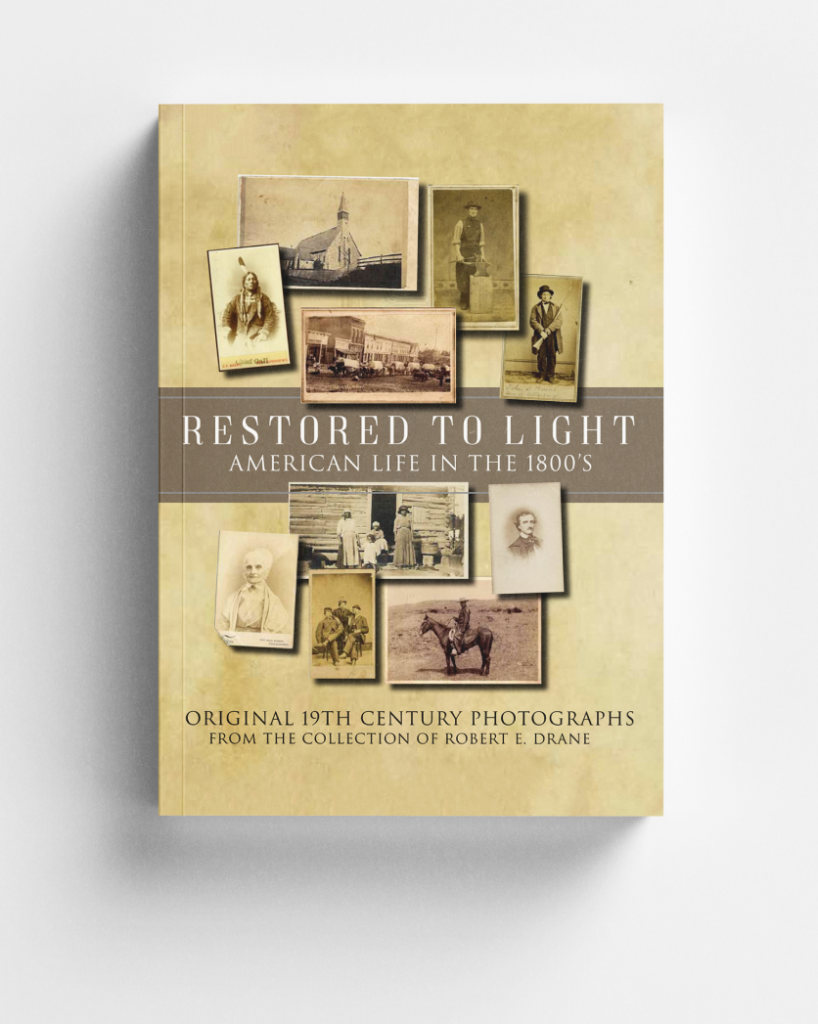
Restored to Light: American Life in the 1800’s
This book will introduce our diverse population, from the common men and women of all races and classes, to the more prominent figures who shaped our beliefs and values and growth as a nation. You’ll learn about our homes, schools, churches and ever changing modes of transportation. How our small towns become large cities with vibrant market-places. How capitalism and industrialization provide an economic boom and open many new ways to earn a living beyond agriculture. Also about our evolving political parties and their leaders, and trace their efforts to deal with various foreign and domestic conflicts while competing for power.
Since America’s history is marked by tragic flaws as well as towering strengths, you’ll explore the brutal experiences of the enslaved African-Americans, the root causes of racism and gender inequality, and our ruinous propensity for violence. Finally, we’ll end with a fun look at the history of our entertainment industry.
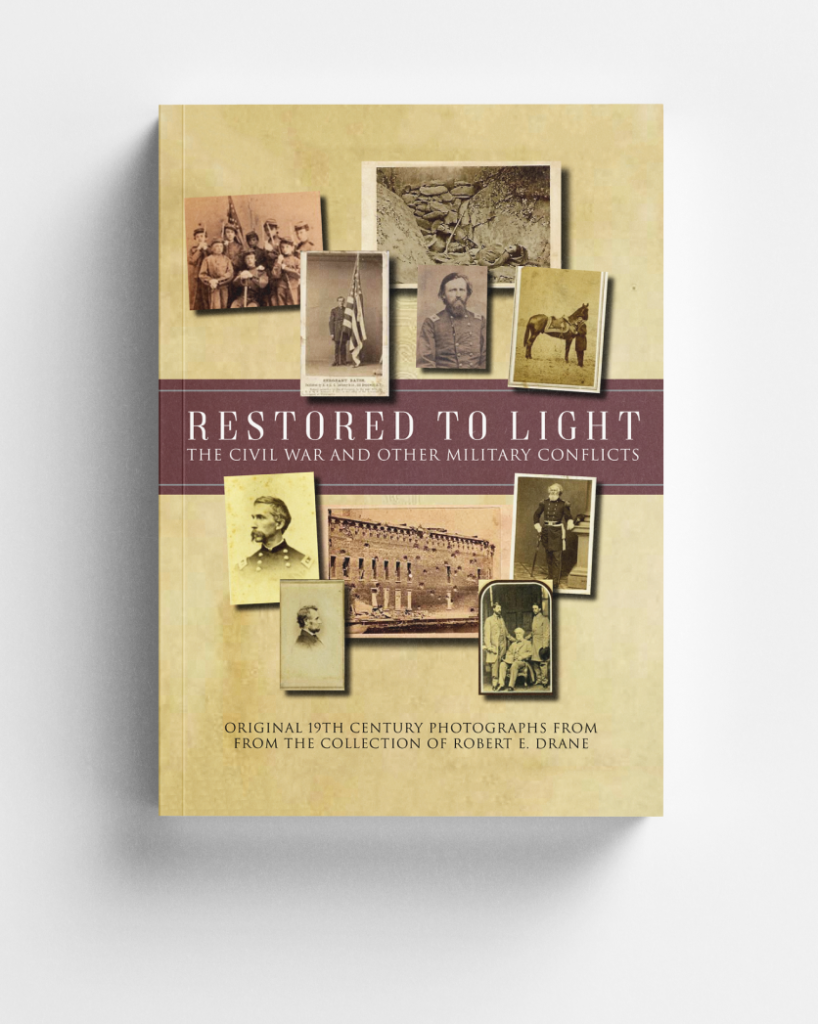
Restored to Light: The Civil War and Other Military Conflicts
Here you will find a very brief overview of America’s military conflicts along with over a thousand original 19th century photographs of the soldiers who fought and of some of the battle scenes. Coverage will include the Revolutionary War, The War of 1812, various Tribal Wars, the Mexican War, the aftermath in “Bloody Kansas,” and the Civil War itself. For those interested, several other conflicts are touched on in various degrees of detail: the Waterloo Battle, Custer’s defeat at the Little Big Horn and snippets related to the Crimean War, and both the First and Second World Wars.
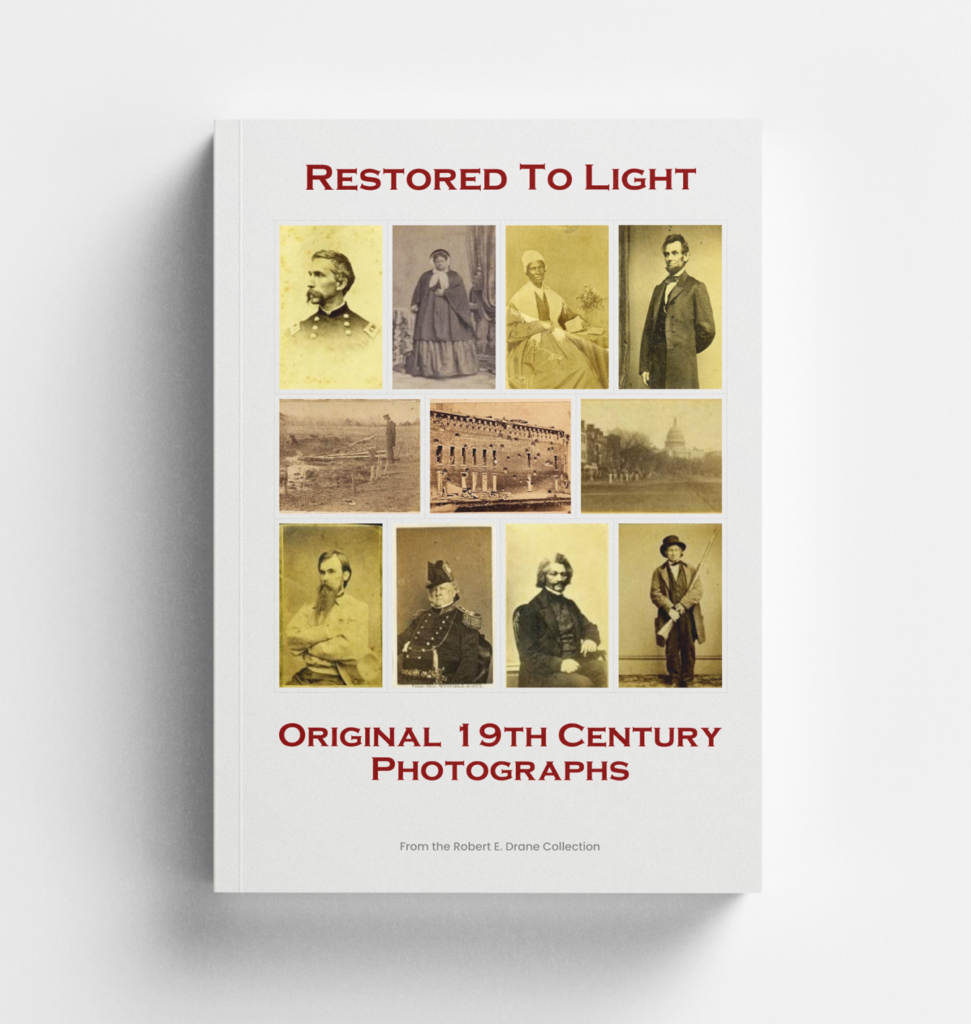
The Robert E. Drane Collection Of Original 19th Century Photography
Welcome to a fun walk through our museum of photographs taken between 1845 and 1885 by Mathew Brady, Alexander Gardner, Timothy O’Sullivan, Andre Disderi and other artists of the era. Each image is an original, having survived for over 150 years, most often in family albums. The gallery created here allows the images to be “restored to light” in digital form. The 2500+ photographs are organized into the groupings shown below. To begin your visit, simply scroll down and click on the site you want to explore.
A Peek At This Week in American History
June 2 – 8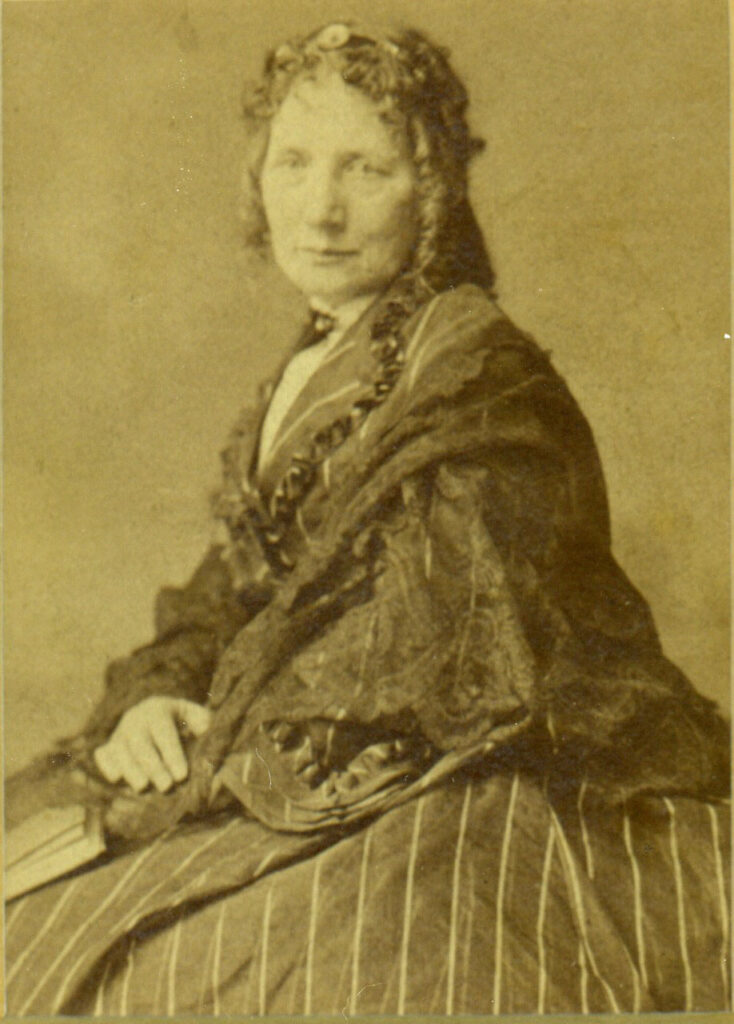
Harriet Beecher Stowe’s Novel Uncle Tom’s Cabin Builds Empathy For The Plight Of The Enslaved In The North.
June 5, 1851:You are there: After the first installment of Uncle Tom’s Cabin is published in the weekly abolitionist newspaper The National Era, the public response is so enthusiastic that Harriet Beecher Stowe converts her original short story into a full length novel. Within the next year it becomes the top selling book in the 19 th century with 300,000 copies bought in the U.S. and over one million in Britain.
STUDENT RESEARCH THOUGHT-STARTERS
A primary goal for Road to the Civil War is to engage students in learning more about American history by
highlighting topics that spark their interest and lead to individual research and for-credit papers
or presentations. What follows below are a range of thought-starters that might link nicely into
teacher’s study plans.
Some of these topics are fairly straight-forward and suitable for K-7 to K-12 students. But others
will challenge those in AP high school and college classes.
The site content is especially helpful when it comes to addressing “DBQ” or data-based
questions. Thus special efforts have been made to provide access to statistical data that is often
very hard to access, For example:
- National and regional population trends for whites, enslaved blacks and freedmen;
- Ownership and distribution of slaves, principally in the South after 1808;
- Levels and allocation of seats in the 35 Congressional sessions from 1789 to 1861;
- Detailed analyses of each of the presidential and mid-term elections;
- Shifts in political party dominance in Washington;
- Acquisition of landmass related to tribal cessions, war treaties and manifest destiny;
- Macro economic trends: national and per capita GDP, exports, tariffs, recessions.
- Micro economics: guesstimates on annual income, wages by job class, prices;
- Number of state and federal banks, loans and speculation, money supply, inflation
- Statistics for key wars: French & Indian, Revolutionary, 1812, Tribal, Mexican, etc.



Following are ten thought-starters, each, each beginning with a question to be addressed and identifying list of book chapters to explore in search of answers.
Why the colonists decided to rebel against the British Crown
What are the critical issues and compromises at the 1787 Constitutional Convention?
Why does slavery thrive in the South but wither away in the North by 1810?
Who are the early black leaders in the fight to abolish slavery?
How does Andrew Jackson early career lead to his election as president in 1828?
How did the Second Great Awakening spark social reform movements?
How does the outcome of the 1846 Mexican War lead on to the Civil War?
Who are the early leaders in the movement to achieve gender equality?
How does the 1854 Kansas-Nebraska Act create another crisis over slavery?
How do the Republicans and Lincoln pull off a win the crucial 1860 election?
Dedication
Road to the Civil War is dedicated to my wife, Susie Drane, who has not only tolerated living for six decades with a compulsive writer, but also watched over our family, provided our daily joys, and spent many a vacation day touring battlefields and other historical sites.
About The Contributors
This website would not exist except for the talented and dedicated team that have helped me build and launch it. The team has expanded over time.
More than a decade ago it comprised three people, myself, Janet Christopher and Yolanda Launder, formally the “JBY Studio,” informally the “Free Pie Day Club,” given our meeting place at Perkins restaurant. I wrote the words, Yolanda added the visual aesthetics, and Janet mastered the photography collection and worked her technology miracles with the primitive Go-Daddy software to launch what we named our Antebellum Museum.com. This remains the basis for all that followed.
In the summer of 2021 came serendipity in a visit from Peter Dunn, my long-ago business partner at Oscar Mayer and the marketing brain behind the creation and 1987 launch of the Lunchables © brand. When Peter learned of my hopes for the website, he volunteered to bring his prior experience to bear on developing a new improved version modeled on his own Activate*Healthcare © site.
This brought three new members to the team, led by David Girot, IT expert, head of eMPiGO Enterprises, and all-around good guy, and with two of his protégés, Cayce Williams and Drew Morrical. Their website development skills, along with strategic guidance from Peter and David and content input from Janet, have resulted in our transformed Road To The Civil War. Org upgrade.
Credit for the book covers belongs to artist and advertising man, Mark Kuehn of Milwaukee.
About The 501C3 Non-Profit
Road to the Civil War is dedicated to presenting American history in ways that make it more understandable and engaging for students and adults. Key events are presented in sequence to create a sense of history as storytelling. Verbatim quotes help main actors come to life in their own words. The author’s collection of 19th century photographs visually complement the text. The result hopefully is a sense of historical immediacy, of “being there” as the drama plays out. At the same time, Road to the Civil War is committed to advancing the cause of building a more perfect society and union by trying to tell the unvarnished truth about America’s many historical successes and its accompanying failures. As Harvard professor George Santayana reminded us, “those who cannot remember the past are doomed to repeat it.” If you find this site useful and fun, you might consider a donation to help sustain and improve it over time.
